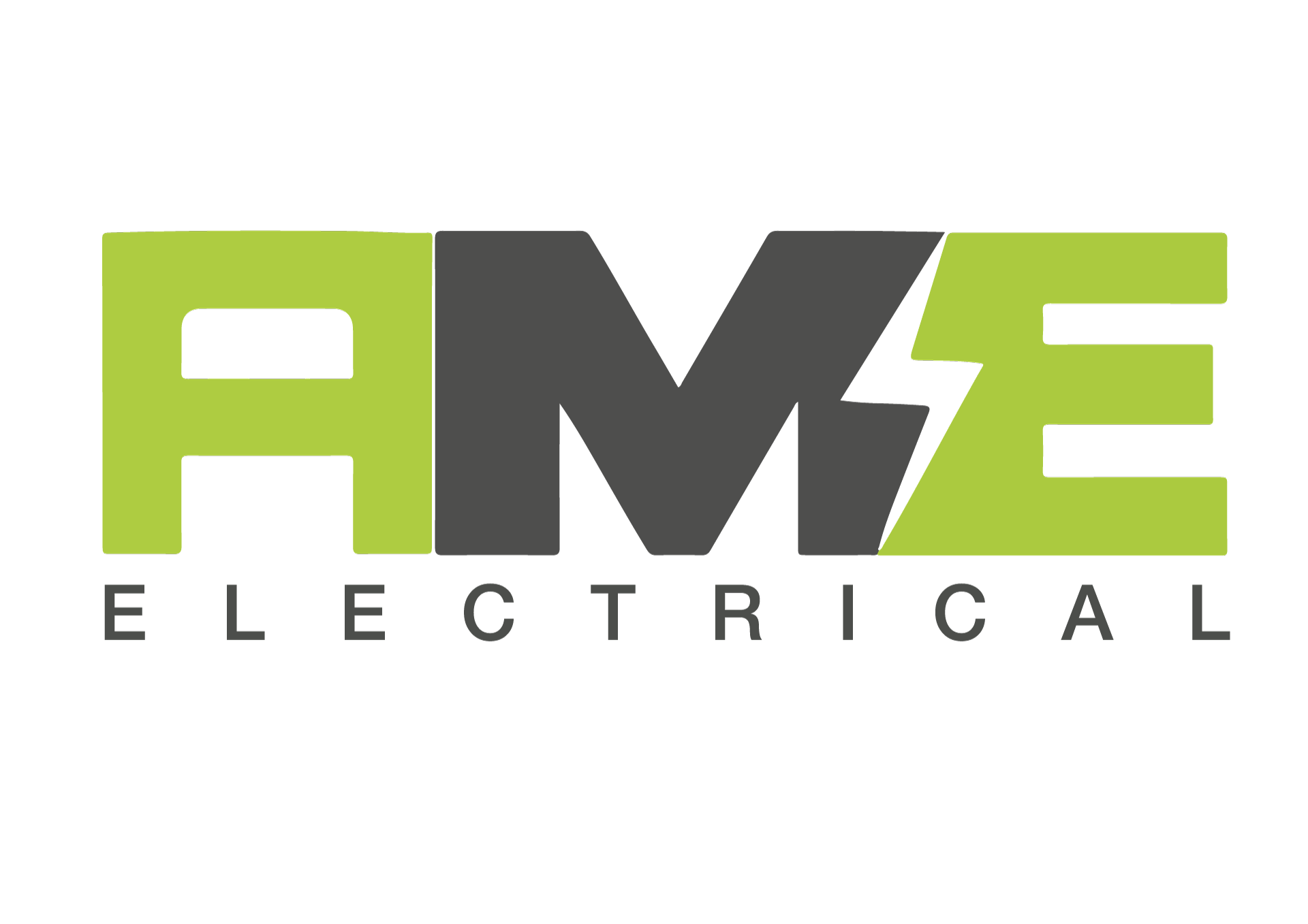What is Part P of the building regulations?
Since 2005, all electrical work in dwellings in England and Wales whether carried out professionally or as DIY, and whether or not the work is notifiable to a building control body (see below), must meet the requirements of Part P of the Building Regulations. In April 2013 the requirements for England were amended.
Compliance with Part P is intended to keep you and your family as safe as possible from electrical hazards.
The requirements of Part P apply to new dwellings and to any alterations or additions to the electrical installations of existing dwellings, including full or partial rewires.
Part P states that anyone carrying out electrical work in a dwelling must ensure that reasonable provision has been made in the design and installation of the electrical installations in order to protect any persons who might use, maintain or alter the electrical installation of that dwelling from fire and injury, including electric shock.
Who is responsible for making sure that electrical work in your home meets the requirements of Part P?
By law, the homeowner or landlord must be able to prove that all electrical installation work meets Part P, or they will be committing a criminal offence.
Local authorities have the power to make homeowners or landlords remove or alter any work that does not meet the requirements of the Building Regulations.
What electrical work is notifiable?
The following are examples of electrical installation work in a dwelling, or associated with its surroundings, that is notifiable to a local building control body in Wales:
In general
a complete new installation or rewire; or
the replacement of a consumer unit (fusebox); or
the installation of:
– a new circuit, whether at low voltage (typically 230 V) or extra-low voltage);
– a solar photovoltaic power supply;
– electric ceiling or floor heating;
– an electrical generator;
– power / control wiring for a central heating system;
In a special location*, the installation of
wiring/equipment for telephone or extra-low voltage communications, information technology, control or similar purposes
a prefabricated equipment set and any associated leads with integral plug and socket connections (for example lighting)
In a kitchen** or special location
extension of an existing circuit within a kitchen or special location
Outside of the dwelling, the installation of
a supply to a detached garage, shed or other outbuilding
a supply to an electric gate or pond pump
garden lighting
a socket-outlet
* A special location is a room containing a bath or shower, swimming pool or a sauna heater
** For Building Regulations purposes a kitchen is a room or part of a room which contains a sink and food preparation facilities
What do I need to do before electrical installation work can be carried out in my home?
You must first check whether the work is notifiable. If it is then you must either;
• employ an electrician who is registered with one of the Government-approved scheme providers; or tell (‘notify’) your local-authority building-control about the installation work before work begins.
The benefits of using a registered electrician
We strongly recommend that you use a registered electrician to do any electrical work in or around your home. If you use a registered electrician, you can expect to have safe electrical installation work done, as the work should meet the UK national standard, BS 7671 (Requirements for Electrical Installations). You will not have to deal with building control directly and when the work is finished you should receive:
• an Electrical Installation Certificate or, where applicable, a Minor Electrical Installation Works Certificate that confirms the work meets BS 7671; and
• a Building Regulations Compliance Certificate that confirms the work meets the Building Regulations.
If the work carried out by the registered electrician doesn’t meet the requirements of the Building Regulations, you will have access to a formal complaints procedure.
You can also choose to take out an insurance-backed guarantee when you have the work done, and, if the work is later found not to meet Building Regulations, you can make a claim.
If you use an installer who is qualified to carry out inspection and testing and completing the required electrical installation work certification, the installer should do so. The building control body will then take the electrical certification issued into account when deciding what (if any) further action will be necessary to ensure that the work is safe and complies with all relevant requirements of the Building Regulations.
#partp #approvedcontractor #niceic #registeredelectrician #wales #caerphilly

